Protein studies with implications for drug design win Nobel Prize for US-based chemists.


Protein studies with implications for drug design win Nobel Prize for US-based chemists.
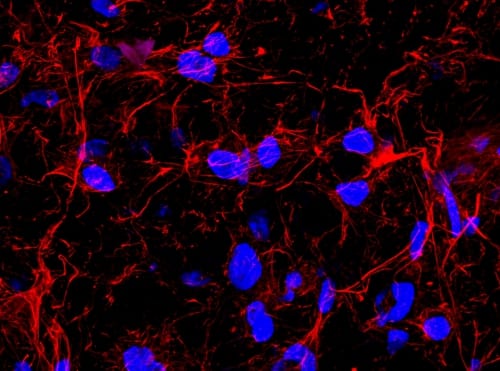
Injectable cell delivery system developed by Stanford researchers improves cell delivery and retention.
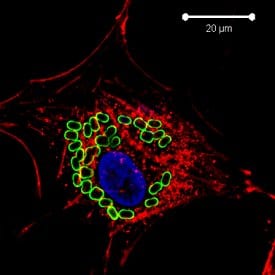
Polyelectrolyte microcapsules as large as four microns can be ingested by cells, leading to impairment of cell functions.
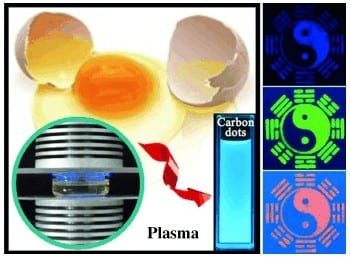
Fluorescent carbon dots can be made by plasma pyrolysis and used as printer ink.
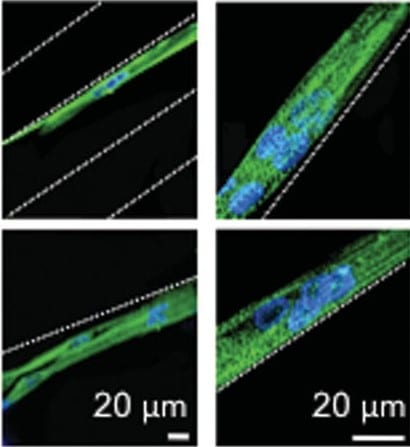
Researchers have engineered a protein biomaterial to generate mimics of human skeletal muscle to study the effect of injury and disease on this tissue.

To meet environmental demands and new regulations and standards, Egypt researchers developed a lead-free silicon brass alloy with good machinability and castability.

Entrepreneurship in materials: interview with Chris Yakacki founder of shape memory polymer biomedical devices maker Medshape
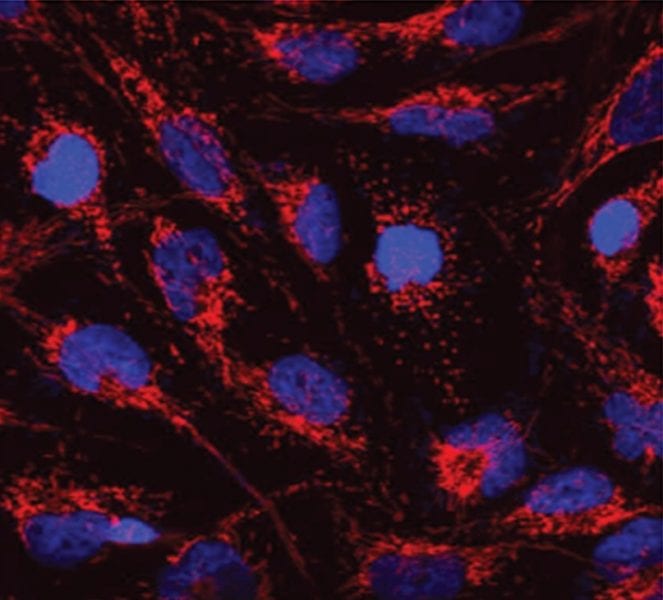
Researchers have developed PP75, a biodegradable, lipid membrane polymer to improve the clinical potential of small interfering RNAs.
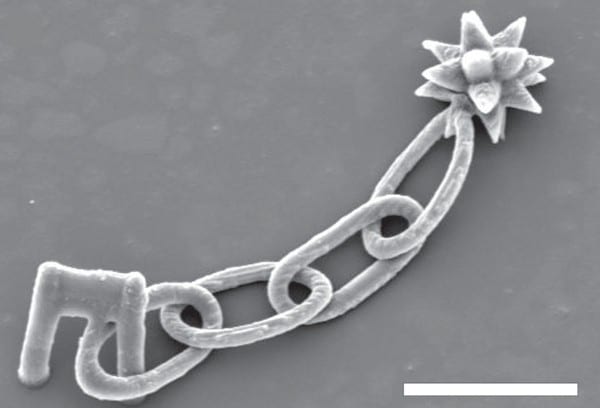
A new MPL reagent, which its creators dub “protogel”, is allowing researchers to create exciting new 3D microstructures.
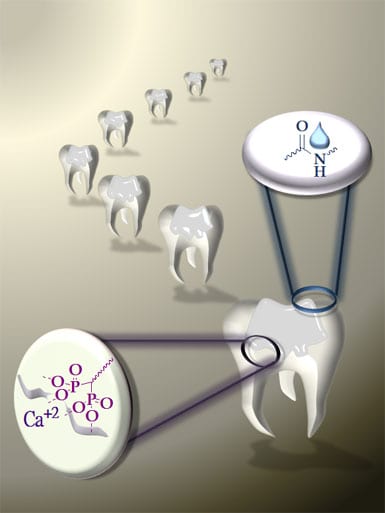
A new form of dental adhesives, containing bisphosphonate and bisphosponic acid, improves the ability to etch enamel and increases stability in water.